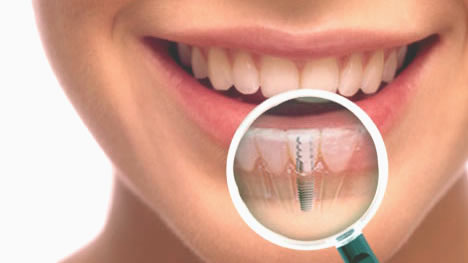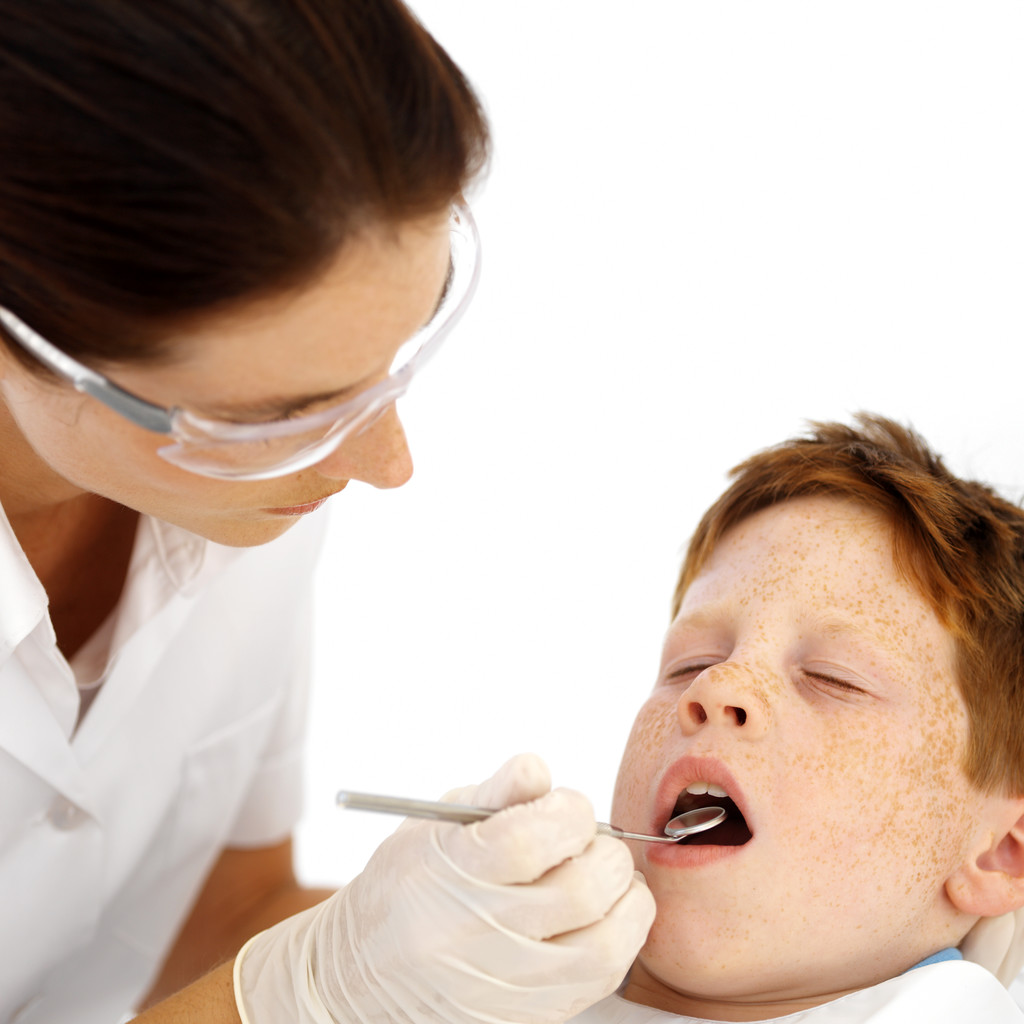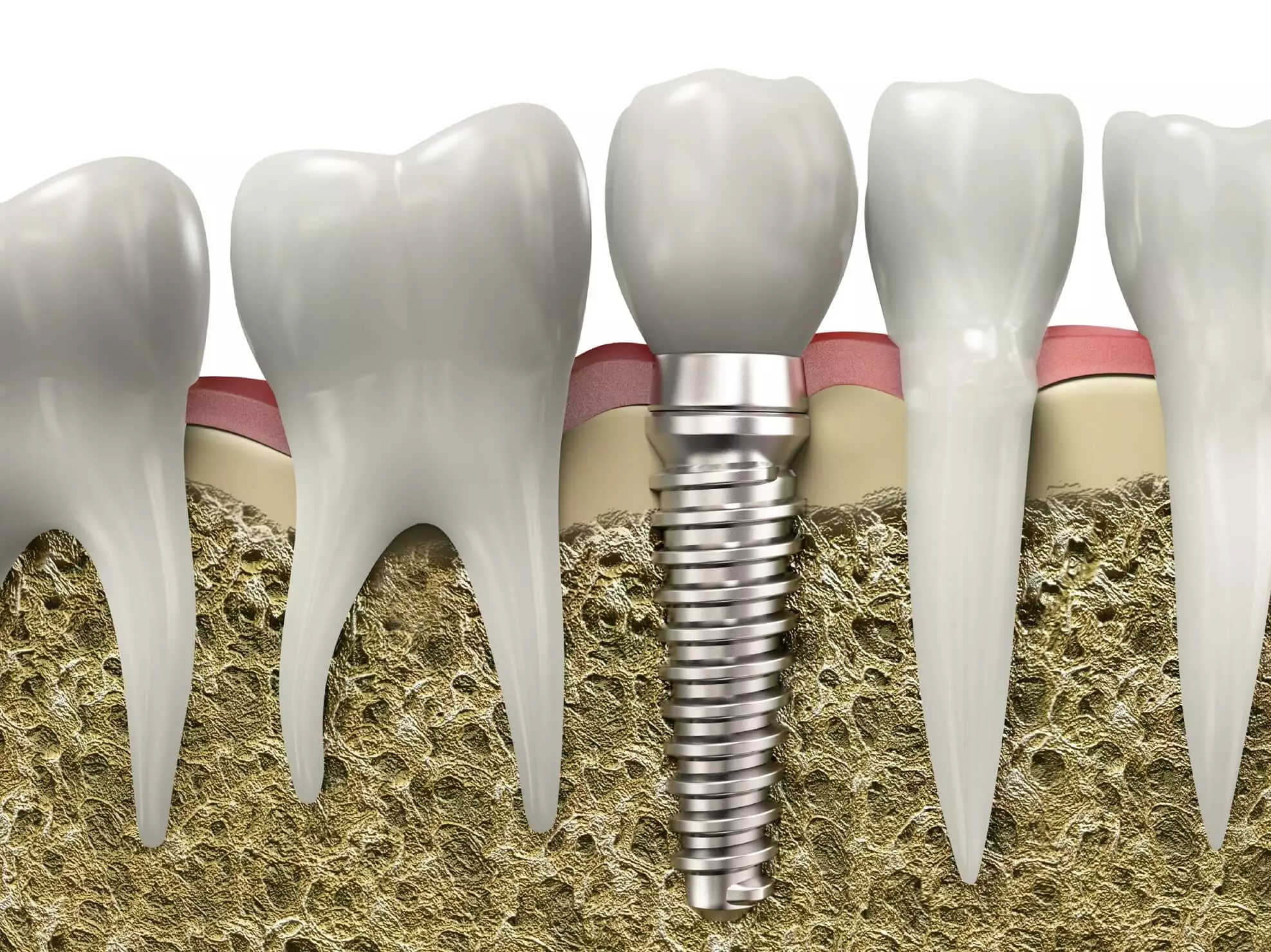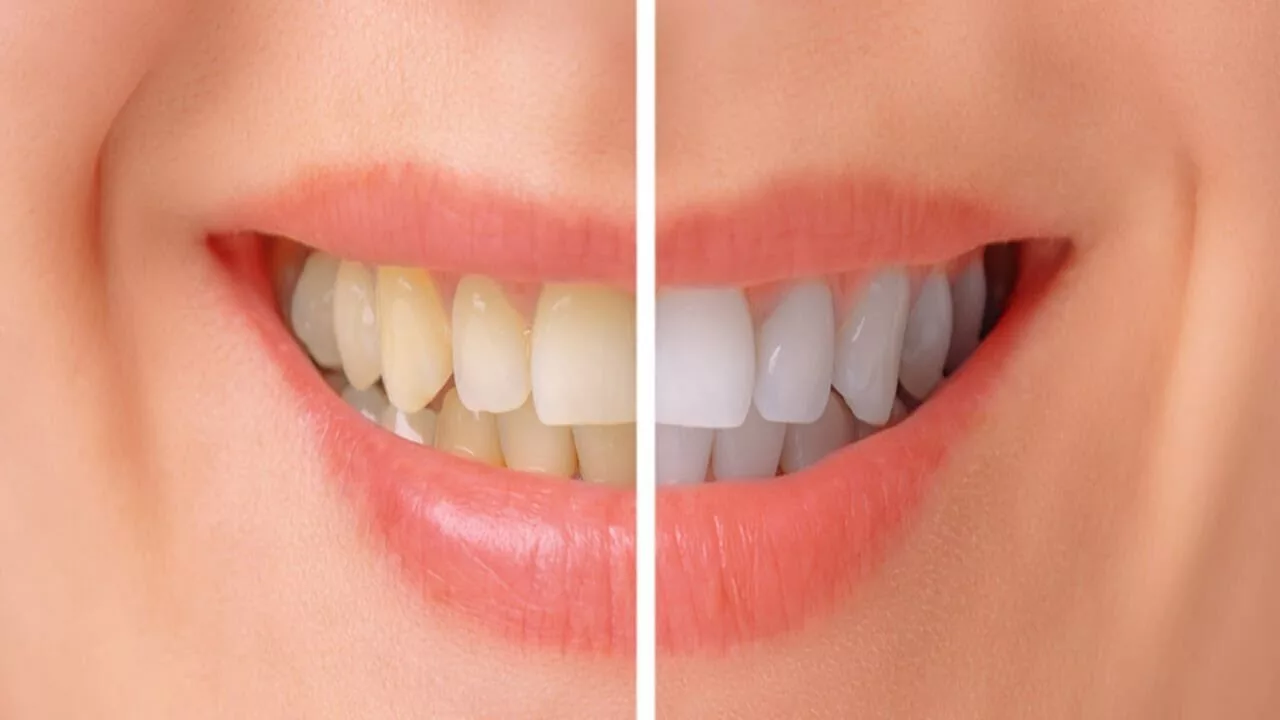What You Need to Know About Tooth Abscess
Although you’ve probably heard of tooth abscess in the past, do you really know what it means? People often confuse cavities, abscesses, and infections – which can lead to various misconceptions, and maybe even delay treatment.
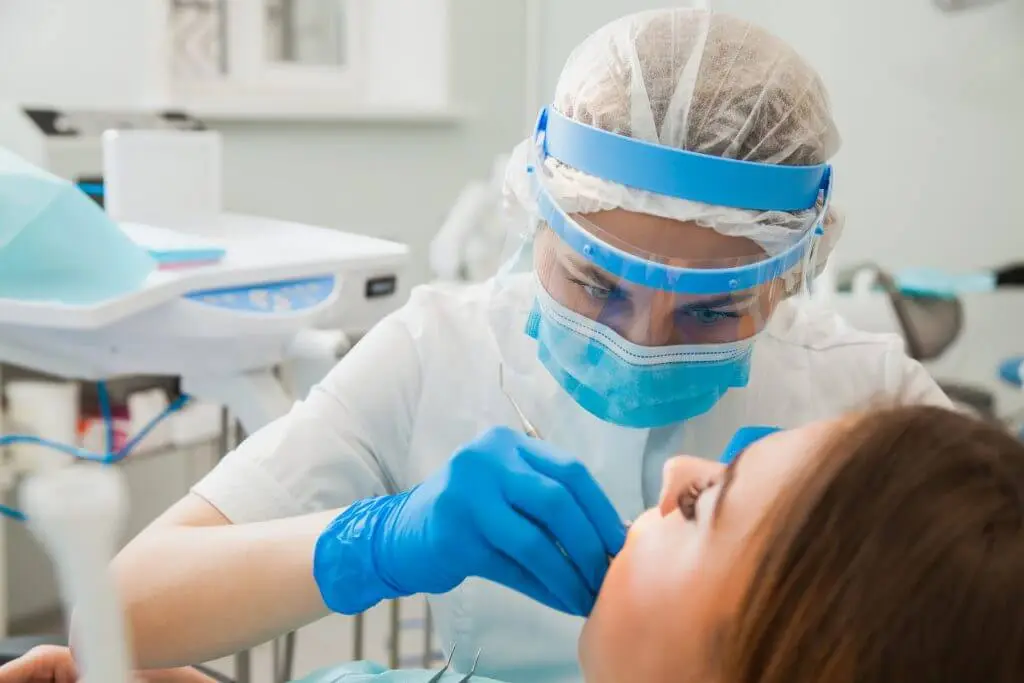
“What is a Tooth Abscess?”
First and foremost, a tooth abscess is a pocket of pus that can form in different parts of a tooth. The pus accumulates due to a bacterial infection that normally starts due to tooth decay, gum disease, or injury.
Make no mistake, a tooth abscess is a very serious condition – far more serious than a simply cavity or infection. If it is not treated, it can even lead to life-threatening complications.
Types of Tooth Abscesses
It should be noted that there are several unique types of tooth abscesses that present in different ways. The most common are:
- Periapical abscesses that start at the tip of the tooth’s root. They are normally caused by a cavity that lets bacteria into the pulp.
- Periodontal abscesses starts in a periodontal pocket (i.e. the gums next to root of a tooth). It is mostly caused by gum disease or injuries, and the abscess can spread to the surrounding gums or bones.
- Gingival abscesses affect only the gum tissue. The most common cause of this type of abscess are foreign objects that get embedded in the gum.
Signs and Symptoms of Tooth Abscess
The most typical symptom of a tooth abscess is a throbbing pain near your teeth or gums. In most cases the pain is sharp and will get worse over time – maybe even spreading to your ears, jaw, or neck. It will also get worse when you lie down or start to chew or bite.
Aside from the pain, there are several other symptoms that you may want to watch for:
- Swollen gums
- Facial swelling and redness
- Fever
- Sensitivity to hot or cold food and drink
- Bad breath
- Increased heart and breathing rate
- Confusion
In some cases the pain may suddenly disappear – which may be a sign that the abscess has ruptured. While it may appear to be a good thing you’ll still need treatment however as if the pus doesn’t drain properly it could spread the infection or cause sepsis.
“What to Do?”
If you suspect that you have a tooth abscess the most important thing to do is to book an appointment with a dentist. It may be a good idea to check out Hammersmith dentist or one in your location.
Depending on the type of tooth abscess (and its severity), your dentist will either opt to drain the abscess, perform a root canal, or extract the tooth. It may be necessary to prescribe antibiotics to prevent further infection.
Although there are some home remedies for tooth abscess, most focus on relieving the pain and reducing discomfort. It is important to remember that without proper treatment, the risk of further complications is high – which is why you should definitely make a visit to the dentist your top priority.




